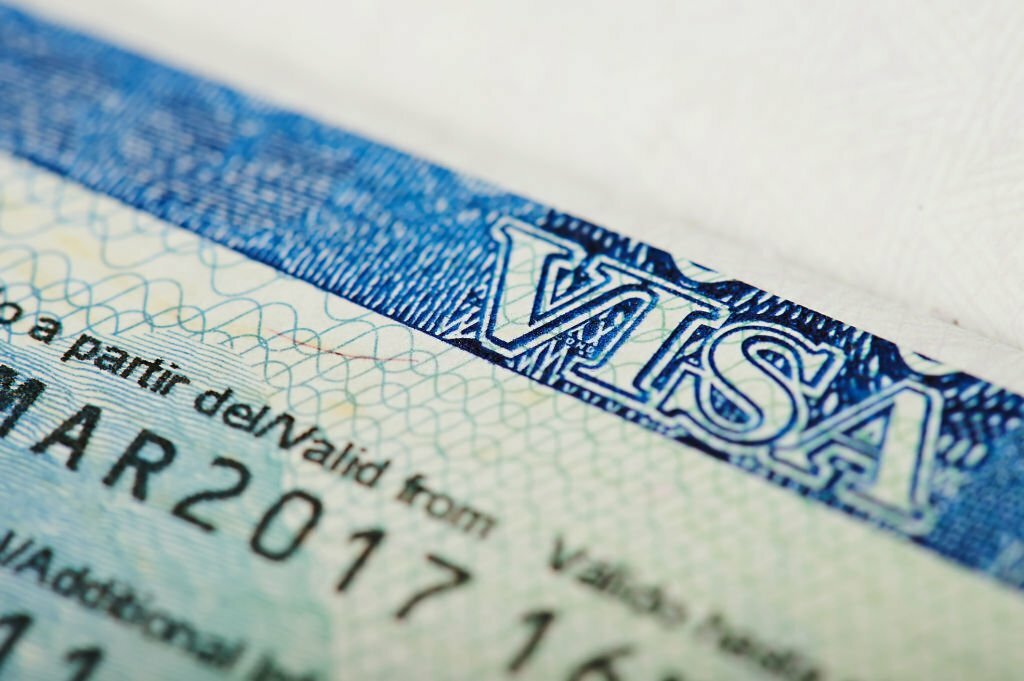Peru, with its rich cultural heritage, diverse landscapes, and historical wonders like Machu Picchu, is a captivating destination that attracts travelers from around the globe. For those planning a visit to this South American gem, understanding the visa requirements is a crucial step in ensuring a smooth and enjoyable journey. In this guide, we’ll navigate the pathway to Peru and shed light on the various aspects of obtaining a visa.
1. Visa Exemption for Short Visits:
Peru extends a visa exemption to citizens of many countries for short visits. Travelers from these countries can enter Peru for tourism or business purposes without obtaining a visa in advance. The duration of stay allowed under this exemption varies, but it typically ranges from 30 to 183 days.
2. Countries Eligible for Visa Exemption:
While the list of visa-exempt countries can change, as of the knowledge cutoff in January 2022, citizens from countries such as the United States, Canada, the United Kingdom, most European Union nations, Australia, and many others can enter Peru without a visa for short stays. It’s crucial to check the latest information or consult with the nearest Peruvian consulate for the most up-to-date details.
3. Tourist Visa for Longer Stays:
For those planning to stay in Peru for more extended periods, a tourist visa may be required. Tourist visas are generally granted for a duration of up to 183 days. Travelers must apply for this visa in advance through the nearest Peruvian consulate or embassy in their home country.
4. Applying for a Tourist Visa:
The application process for a tourist visa typically involves submitting specific documents, including a completed application form, a valid passport, proof of travel arrangements, proof of financial means to cover the stay, and sometimes a letter of invitation or hotel reservations. It’s essential to check the specific requirements for the country of residence, as they may vary.
5. Business Visa:
For those traveling to Peru for business purposes, a business visa may be necessary. This type of visa allows individuals to engage in business-related activities, such as meetings, conferences, or negotiations. Similar to the tourist visa, the application process involves submitting relevant documents to the Peruvian consulate or embassy.
6. Student Visa:
Students planning to pursue academic studies in Peru are required to obtain a student visa. This involves presenting an acceptance letter from a recognized educational institution in Peru, proof of financial means, and other necessary documents. The student visa is typically valid for the duration of the academic program.
7. Work Visa:
Foreign nationals intending to work in Peru must secure a work visa. This involves obtaining a job offer from a Peruvian employer, who will facilitate the application process. The work visa is essential for legal employment in Peru, and individuals must adhere to the conditions specified in the visa.
8. Consular Processing and Timelines:
Consular processing times for visa applications can vary, so it’s advisable to start the application process well in advance of the planned travel dates. Consulates and embassies may also have specific requirements or preferences regarding the submission of documents, so careful attention to detail is crucial.
9. Stay Informed:
Visa requirements and policies can change, so it’s essential to stay informed and check for updates regularly. Peruvian consulates, embassies, and official government websites are reliable sources of information. Additionally, consulting with immigration experts or legal advisors can provide valuable insights into specific visa requirements.
In conclusion, navigating the pathway to Peru involves understanding the visa requirements applicable to your specific situation. Whether you’re planning a short visit for tourism, an extended stay for academic pursuits, or seeking employment in this captivating country, careful preparation and adherence to the visa application process will ensure a seamless and enjoyable experience in Peru.
Book your ticket here.










Comment (0)